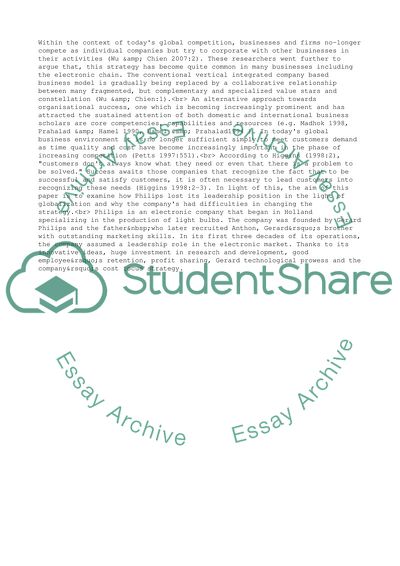Cite this document
(“International Business Strategy Case Study Example | Topics and Well Written Essays - 2500 words”, n.d.)
Retrieved from https://studentshare.org/business/1519671-international-business-strategy
Retrieved from https://studentshare.org/business/1519671-international-business-strategy
(International Business Strategy Case Study Example | Topics and Well Written Essays - 2500 Words)
https://studentshare.org/business/1519671-international-business-strategy.
https://studentshare.org/business/1519671-international-business-strategy.
“International Business Strategy Case Study Example | Topics and Well Written Essays - 2500 Words”, n.d. https://studentshare.org/business/1519671-international-business-strategy.


